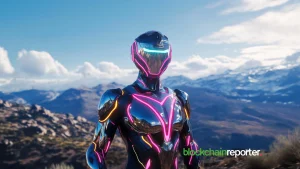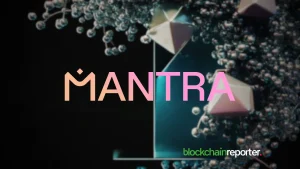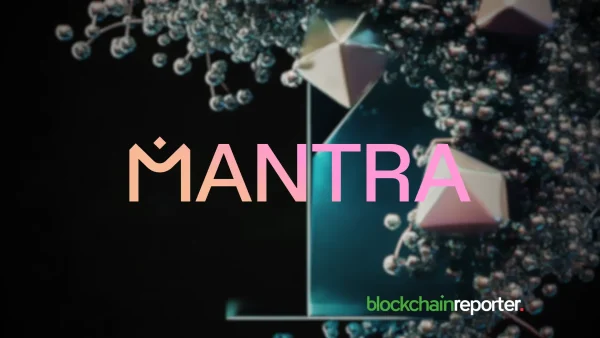
Bifrost, the pioneering liquid staking protocol on the Polkadot and Kusama networks, has announced a transformative upgrade to its tokenomics model, marking a significant milestone in its evolution. Dubbed Bifrost 2.0, this initiative introduces a revenue-sharing mechanism that is poised to reshape the landscape of decentralized finance (DeFi). The transition is not merely a technical upgrade but a strategic move aimed at attracting long-term investors, aligning the interests of multiple stakeholders, and bolstering the economic stability of the Bifrost ecosystem.
Bifrost has been at the forefront of liquid staking, enabling users to stake assets across multiple blockchains while maintaining liquidity. As the protocol continues to grow, the need for a more sustainable and investor-friendly economic model became apparent. The introduction of Bifrost 2.0 addresses this need by offering BNC token holders direct exposure to the protocol’s earnings and revenue streams.
Key Features of Bifrost 2.0
At the heart of Bifrost 2.0 is the introduction of bbBNC (Buy Back BNC), a novel iteration of the ve-escrow (veModel) mechanism that has gained traction among established DeFi protocols. This model incentivizes users to lock Bifrost’s liquid staking token, vBNC, in exchange for bbBNC. By doing so, users will unlock a range of benefits, including staking rewards, governance rights, and a share of the protocol’s revenue.
One of the most compelling aspects of this new tokenomics model is the allocation of 90% of Bifrost’s protocol revenue to bbBNC token holders. This revenue is derived from various sources, including transaction fees, system staking income, swap fees, and liquid staking commissions. By distributing a significant portion of its revenue to bbBNC holders, Bifrost aims to create a growth flywheel that reduces the circulating supply of BNC and drives up its price.
Expected Impact and Market Alignment
The transition to a revenue-sharing model aligns Bifrost with a broader trend within the DeFi space, where leading projects have increasingly adopted governance proposals centered around revenue distribution. Bifrost’s approach, however, is designed to not only meet the expectations of today’s DeFi users but to exceed them by offering a best-in-class service coupled with tangible user benefits.
The anticipated impact of Bifrost 2.0 extends beyond immediate financial incentives. By reducing the circulating supply of BNC, the protocol aims to create upward pressure on the token’s price, benefiting all stakeholders involved. Moreover, the introduction of bbBNC is expected to foster a more engaged and committed community, as token holders gain a direct stake in the success of the protocol.
Bifrost’s leadership has expressed strong enthusiasm for the transition to the new tokenomics model. Lurpis, Co-Founder of Bifrost, shared his excitement about the initiative, stating, “We believe this new model will not only enhance the value of our protocol but also create a more engaged and committed community. We could not be more excited to embark on this new chapter with our loyal users.”
Educational Initiatives and Upcoming Campaigns
Ahead of the implementation of Bifrost 2.0, the protocol plans to launch a series of educational materials aimed at informing users about the intricacies of the new model. This proactive approach underscores Bifrost’s commitment to transparency and user empowerment, ensuring that all stakeholders are well-prepared for the upcoming changes.
In addition to the educational outreach, Bifrost has announced the launch of a vToken summer campaign at the end of August. This campaign is designed to incentivize staking volume across the various vToken types currently supported by Bifrost, further enhancing the protocol’s liquidity and user engagement.
The unveiling of Bifrost 2.0 represents a bold step forward for the protocol and the broader DeFi ecosystem. By introducing a revenue-sharing tokenomics model, Bifrost is positioning itself as a leader in the space, offering users a unique blend of flexibility, liquidity, and economic incentives. As the protocol prepares to implement these changes in Q4, the DeFi community will be watching closely to see how Bifrost’s innovative approach shapes the future of liquid staking and decentralized finance.









